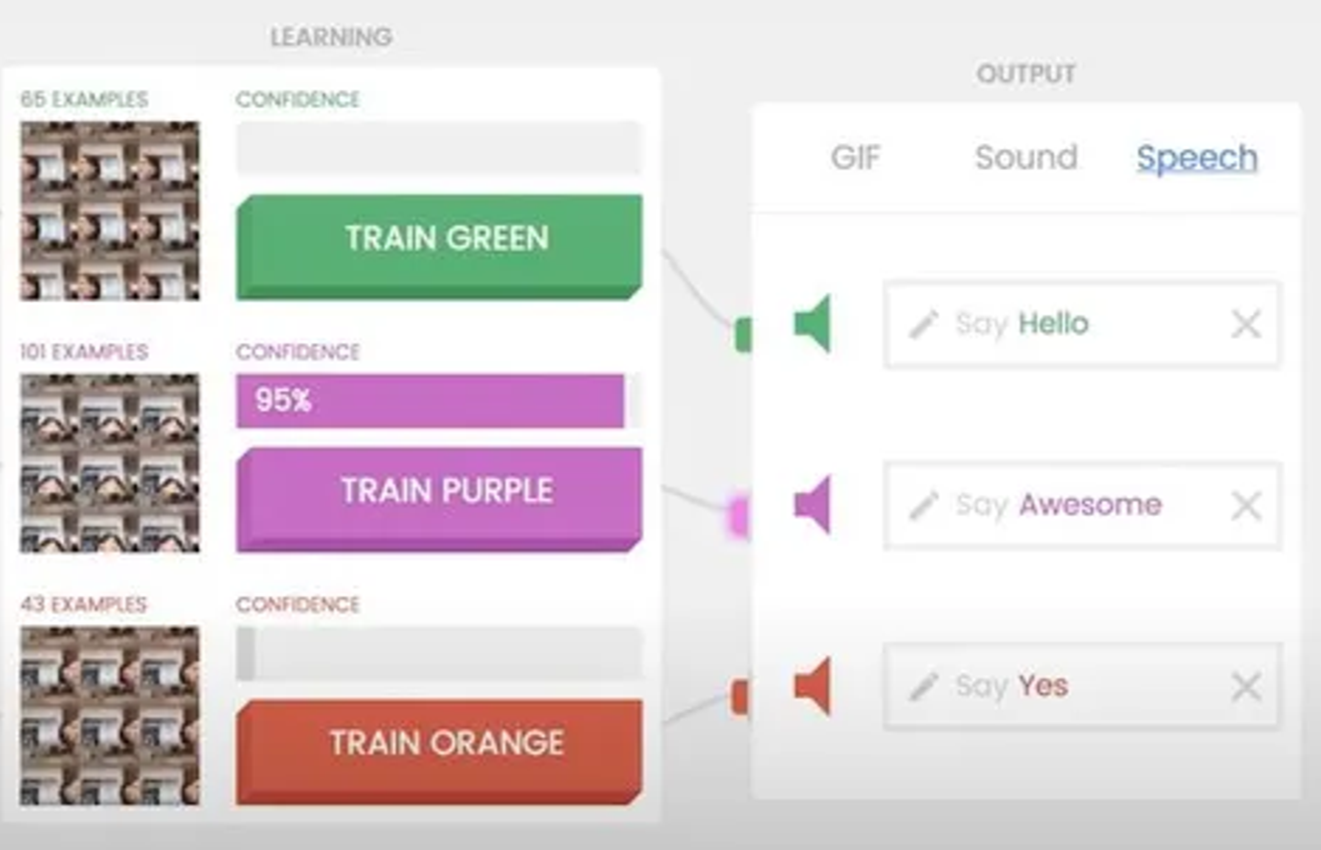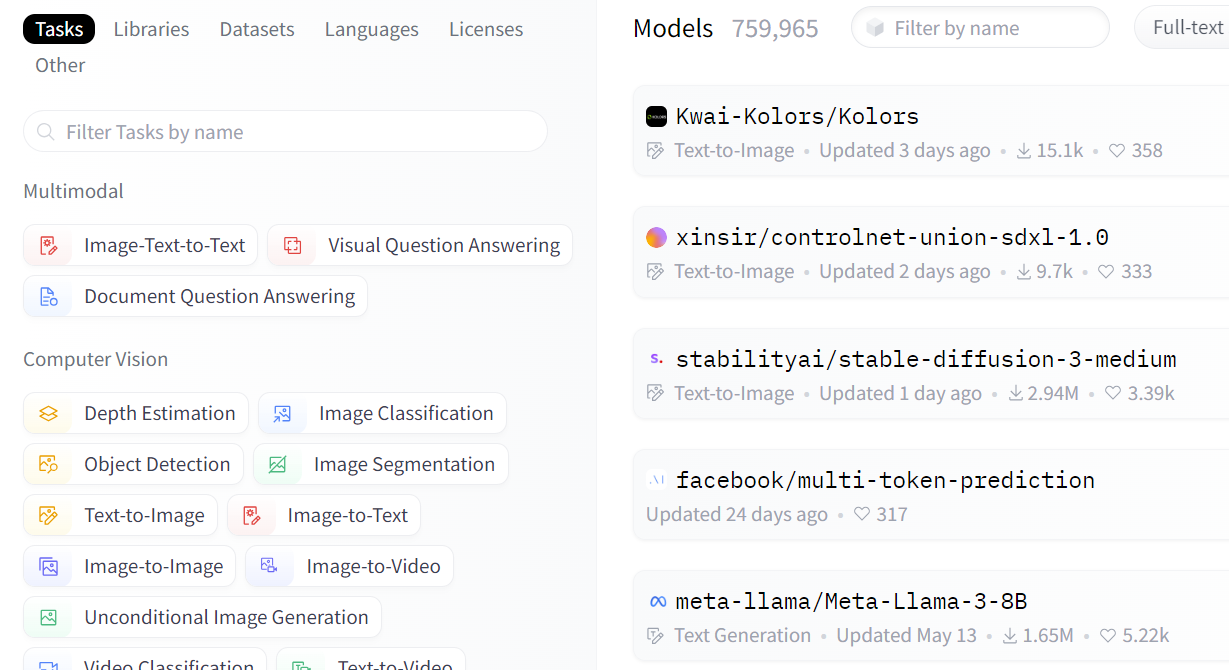Engagement
Let’s be real – if people just wanted to listen, they’d speed-run a YouTube lecture at 2x speed.
A great workshop isn’t a monologue; it’s an experience. The more hands–on, the better!
💡 What this means:
-
At least a third of the workshop should be hands-on. 🛠️
-
Activities should be varied – don’t just rely on Kahoots (even though we love them).
Think scavenger hunts, live coding, group challenges, games and more to keep things fresh and engaging. -
If participants walk away feeling like they just sat through a lecture, we’ve missed the mark.
A great workshop should feel interactive, not like a YouTube tutorial on autoplay.
🔍 Ask yourself:
✅ Are attendees physically or mentally participating?
✅ Can you turn any passive section into an active one?
✅ Does the speaker interact with at least one audience member every couple minutes?
🎯 Example:
🚫 Passive: You explain how AI can generate pickup lines while everyone just listens.
(Boring. Feels like a TED Talk no one signed up for.)
✅ Active: You challenge students to battle ChatGPT in a cringy pickup line contest – who can make the best (or worst) AI-generated pickup line?
(Now, they’re engaged, experimenting, and maybe slightly regretting their life choices. Perfect.)
🧪 Real-world application
As a rule of thumb:
At least 1/3 of the entire workshop should be purely practical activities
There are obviously exceptions, but generally, a 1:2 ratio between listening and action should occur.
We want participants to be actively engaged during these activities.

